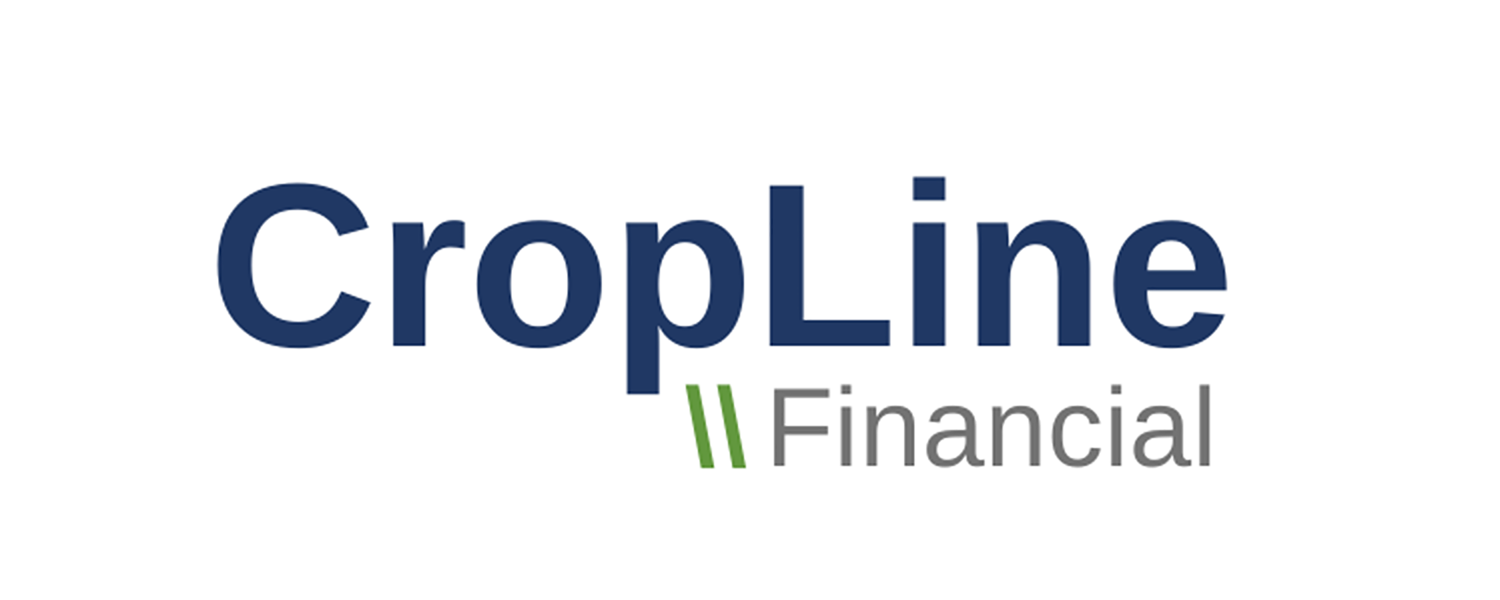How Do you handle a financial “whipsaw”?
By now, you’ve likely heard about projected crop input expense appreciation for the 2022 growing season. Certain, fuel, chemical, and fertilizer could be anywhere from 7% to 100% higher than 2021. In economic “whipsaw” events such as this, a financially healthy operation might lose money too…possibly at a larger percentage differential than a financially challenged farm.
For income comparison, we used slightly higher yields to represent an effective and maximized fertility program by Farmer A. For expense comparison, we represented financial management on fixed and variable expense by Farmer A, who adjusted for rising input costs. On inputs, Farmer B wasn’t able to capture early season discounts, didn’t use a fertility program due to fear of explicit fertilizer costs, and he attempted to cut corners in crop protection. Interest rates rose for both, but Farmer A gets a better rate due to his risk rating by the bank.
The blaring observation is the differential in the bottom line. The subtle differences in management are obvious in financial situations such as this. While both borrowers have negative returns, after a year of profits, Farmer A is situated for the long haul, and will move past this financial loss. Farmer B is in a situation that requires favorable prices and/or yields in subsequent years, or a strong balance sheet...and the stomach to watch the equity erode.

